What kind of coffee beans is Arabica? Introduction to the planting altitude of Arabica Coffee Bean Flavor
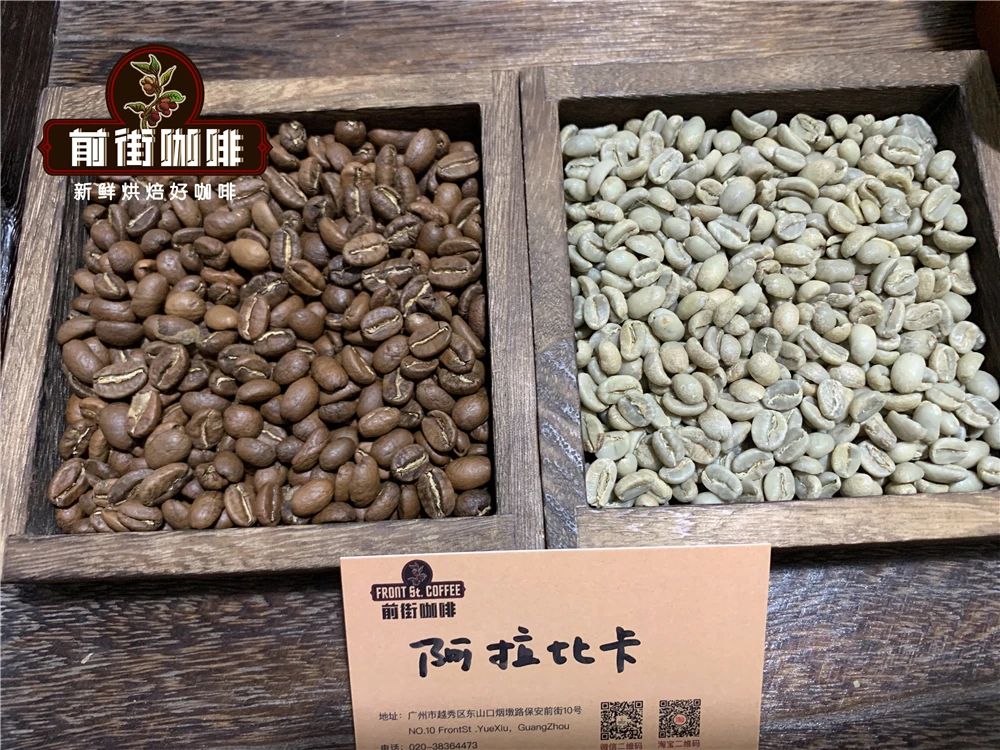
I believe that when you buy some coffee products, you will see the words "Arabica Arabica". What does Arabica mean? Why do merchants emphasize that coffee is Arabica? In this article, Qianjie introduces the characteristics of this coffee variety.
Arabica coffee comes from Ethiopia.
Although the name of the Arabica species "Coffee Arabica" originated in Arabia, it actually comes from Ethiopia, the hometown of coffee. At first, when the Ethiopians discovered coffee, they picked coffee leaves and chewed them to cheer them up, and the fruit was also used as medicine. Later, after Arab scholars studied, people developed the habit of drinking after baking, which was spread to all parts of the world by Arabs through trade in the 16th century and gradually developed into a popular drink today. Many of the boutique coffee beans we are familiar with belong to Arabica varieties, such as Jamaica Blue Mountain Coffee, Panamanian Rose Summer Coffee, Essex Sheffield Coffee and so on.
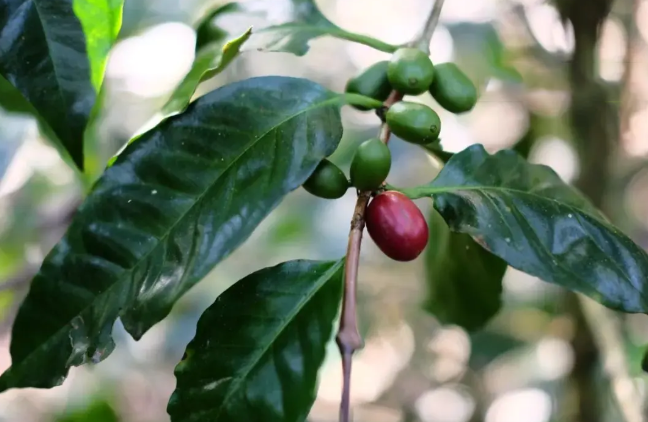
Ethiopia is the largest coffee producer in Africa. Here, there are more than 2,500 sub-species in Arabica alone. Coffee is not only an important source of income for the Ethiopian people. It has been integrated into the culture and life of their entire country. In addition to being used for export sales, most of the coffee produced by Ethiopia is drunk by Chinese people. no matter whether there is money or not, every household will have a set of utensils for making coffee. For Ethiopians, drinking coffee is an important social activity with a very ceremonial sense.
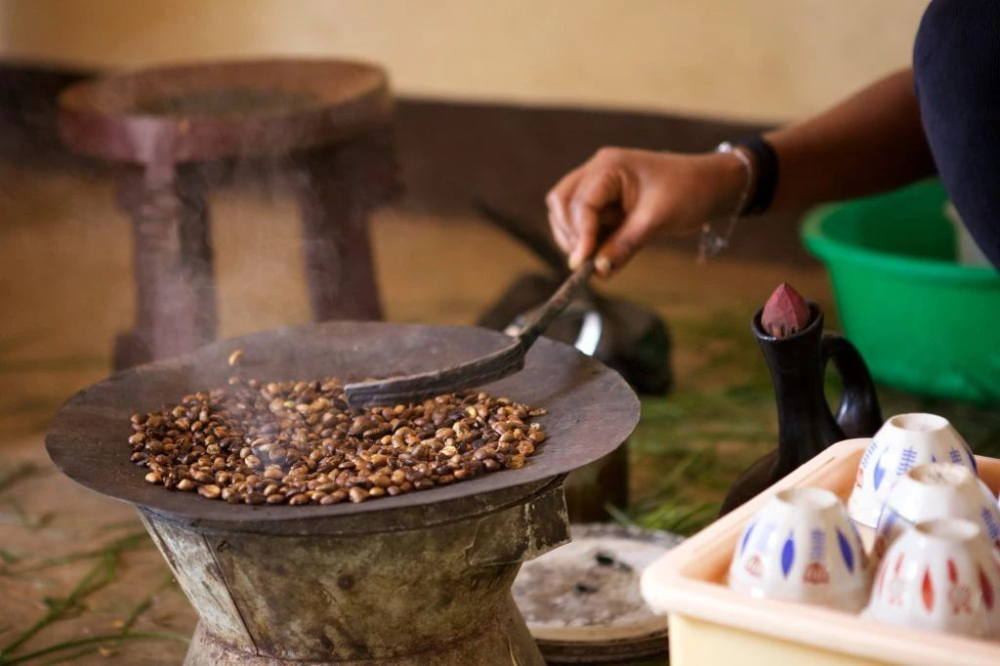
Arabivacaine has a mild and elegant flavor and low caffeine content, accounting for about 0.9% to 1.5% of the weight of coffee beans, with higher commercial value. It is the main species in today's coffee industry, accounting for 60% and 70% of global coffee production and sales. In addition to Arabica, there is another variety on the market second only to Arabica-Robusta, so why not choose it instead of Arabica?
A comparison between Arabica and Robusta
Arabica and Robusta are the two most common varieties on the market. Arabica belongs to small grain species, while Robusta belongs to medium grain species. Compared with the other 22-chromosome robusta coffee beans, Arabica has 44 and 22 pairs of chromosomes. Doubling the number of chromosomes not only makes Arabica coffee better, but also brings it a rich and unique sweet and sour flavor, which is better than Robusta.
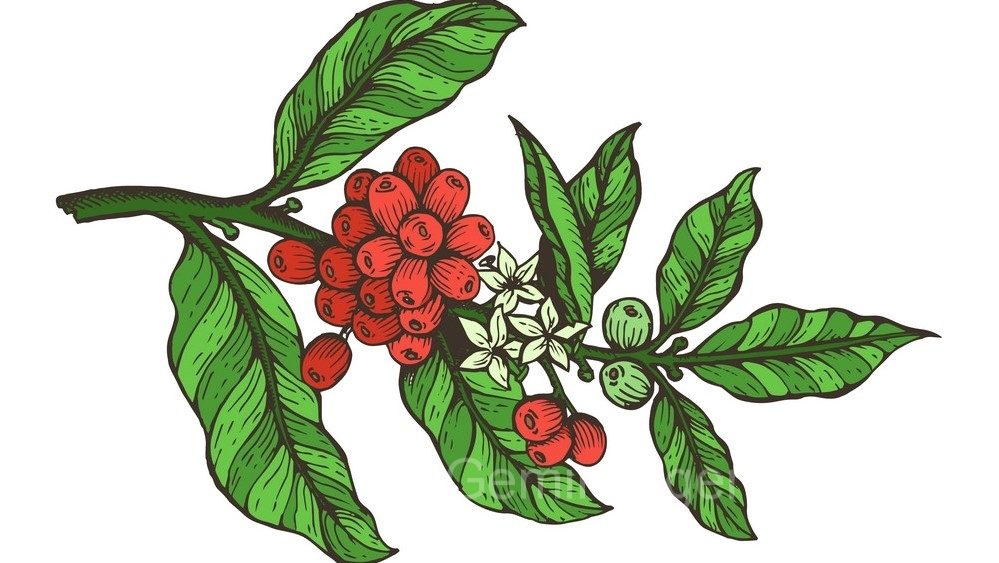
In order to show a variety of flavors, Arabica needs to grow on 800-2200 meters of unfrosted highland. the higher the altitude is, the significant temperature difference is formed, thus delaying the ripening of coffee fruit and more conducive to the accumulation of flavor substances in coffee. The development of aroma is more full. The microclimate of each coffee producing area provides a variety of growth conditions for Arabica, forming a unique flavor and taste. At the same time, coffee at higher altitude is more vulnerable to insect pests and climate. It is generally planted at higher elevations, bearing less fruit and ripening more slowly. High-quality Arabica coffee requires more manual management and picking, and the production cost is higher.
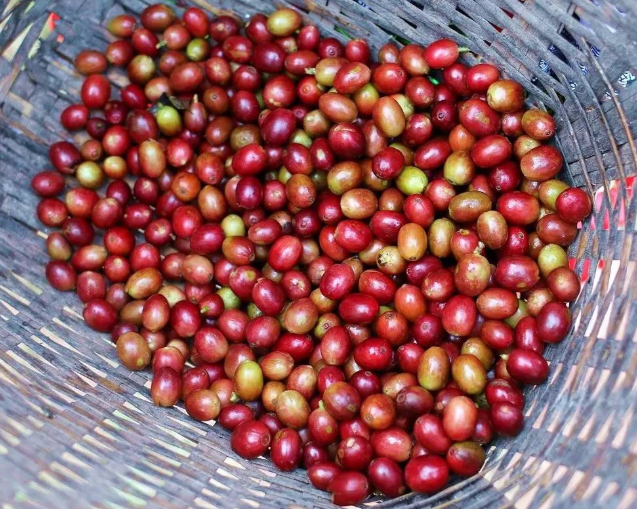
For the "delicate" Arabica, Robusta has a caffeine content of 2.7% Mel 4%, twice that of Arabica. Caffeine, as a natural pesticide for plants, is protected from most insects, so it is easier to grow and cheaper, coupled with higher amino acids and chlorogenic acid, with a mellow, lower bitter taste. As well as walnut, peanut, hazelnut, wheat, cereal and other flavors, when not handled well, there will be a fishy smell, so it is not so popular and is often used in deep baking Italian beans formula or instant coffee.
In the past, people drank coffee only for a rich and mellow bitterness. with the continuous promotion of boutique coffee culture, people have higher requirements for the taste, taste, and quality of coffee. Therefore, aroma-diverse Arabica beans are more in line with the high needs of the current boutique coffee market than Robusta. Many kinds of hand-made coffee beans on the front street bean list belong to Arabica varieties, so it can be seen that people prefer Arabica with pure flavor to Robusta.
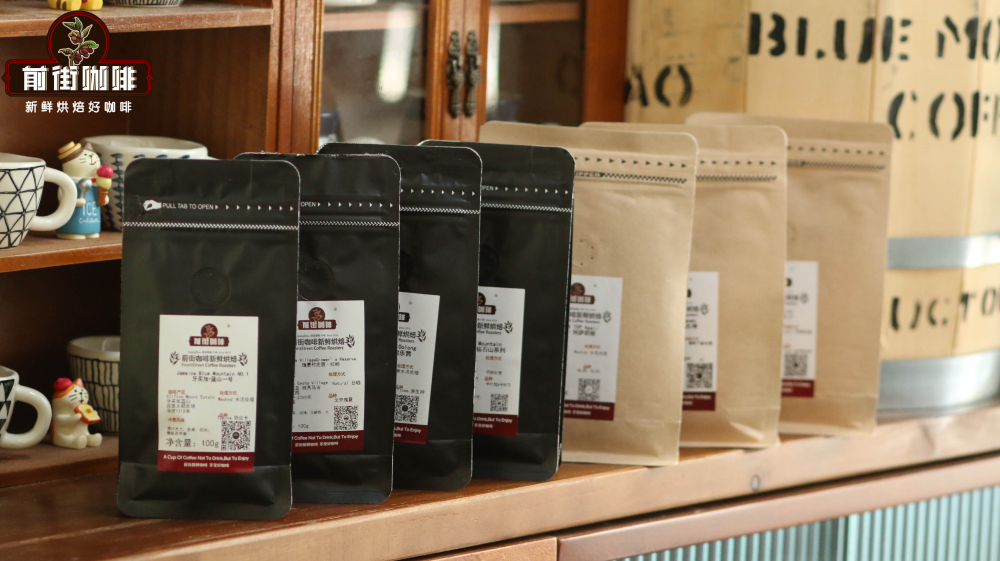
Recommended Arabica coffee beans
There is a cost-effective rations bean series on the front street bean shelf, featuring seven excellent classic coffee producing areas, covering a number of common Arabica varieties. The so-called rations beans, as the name implies, is a variety that has no burden to drink every day, and its price and flavor are very close to the people. Qianjie has selected a number of "facade representatives" so that people can identify the basic flavor of each major producing area. These include Yega Xuefei in Ethiopia, Vivetnango in Guatemala, Whelan in Colombia, half-sun Syrador in Brazil, Tara beads in Costa Rica, wet planer forest in Indonesia and Baoshan in Yunnan, China.
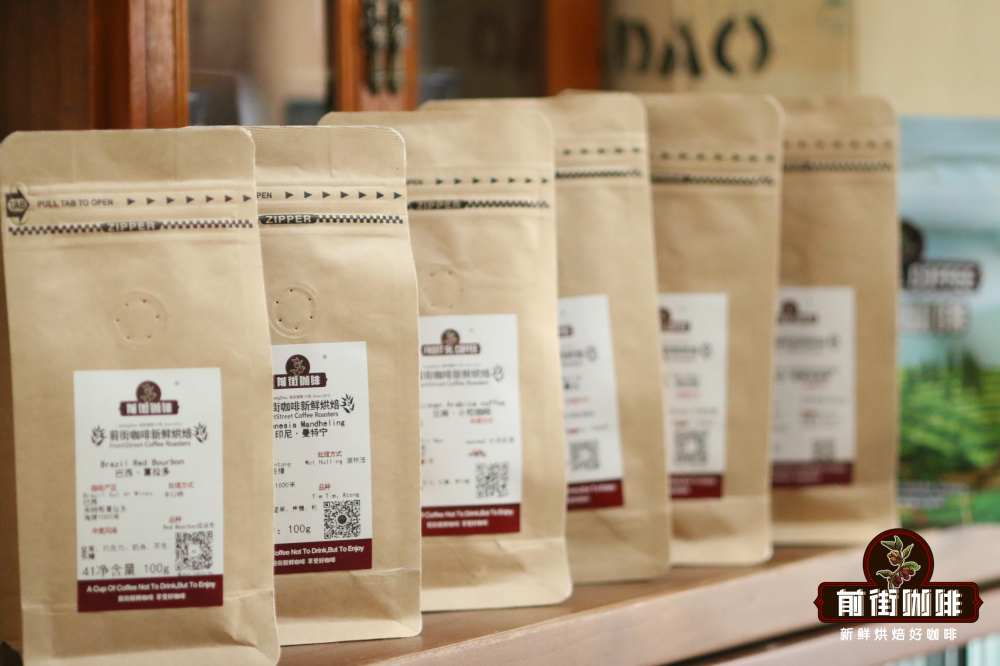
Each type of rations beans are suitable for hand-flushing, cold extraction, French pressure kettle and other methods of extraction, if you want to taste the most primitive aroma of coffee, Qianjie recommends the best form of black coffee. No matter which extraction method is used, Qianjie believes that the freshness of coffee beans is very important, and the aroma of coffee roasted for more than two months is likely to have been lost, and even excellent extraction methods are difficult to restore the aroma in the cup. In order to make you feel the best taste of coffee, Qianjie only delivers beans that are freshly baked within 5 days, and you can almost start brewing when you receive it.
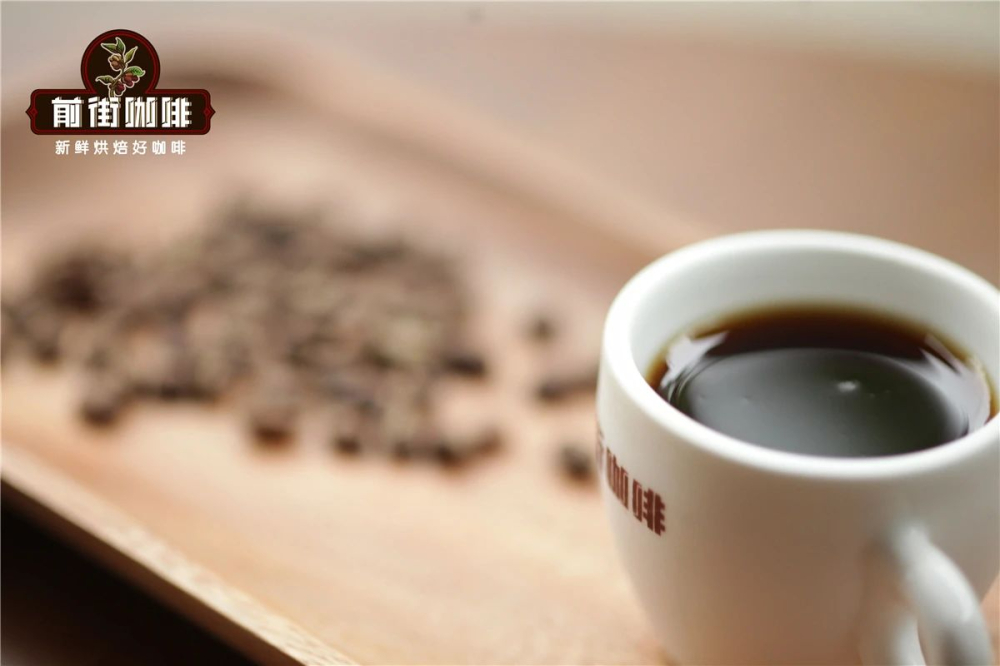
If you want to use Arabica coffee to make full-bodied espresso, Qianjie recommends a special blend of Italian coffee beans. Due to the fine grinding, high water temperature and high pressure extraction of espresso, espresso converges a variety of flavors, and various flavor compounds hit our tongues exponentially. If we use lightly roasted coffee beans for extraction, the taste may be too strong to mask the aroma of the coffee. As a kind of crop, coffee will change with climate and soil, even if it comes out of the same place, the flavor of each batch of coffee beans will be different, and the blending of coffee beans uses a way of learning from each other. to ensure that each coffee bean can show a balanced and stable aroma and taste.
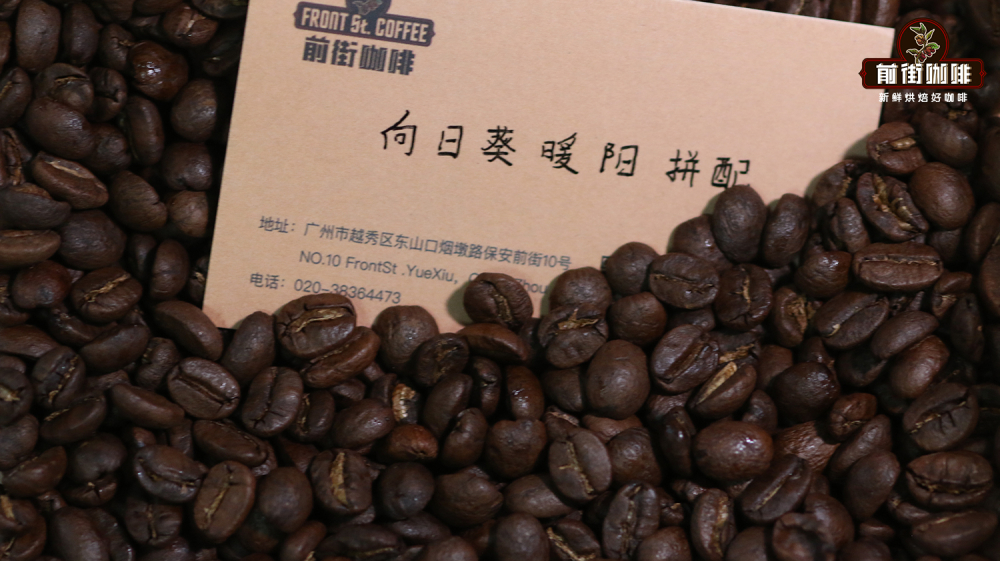
Qianjie recommends the self-baked "sunflower warm sun mixed coffee beans" in Qianjie, which is made of Ethiopian sun red cherry coffee beans (30%) and Honduran sherry barrel coffee beans (70%). The extracted espresso shows Shirley's whisky, vanilla and cream flavors with the tropical fruits and fermentation of red cherries, making the coffee in the cup rich in aroma and soft in taste. Espresso can be mixed with a certain proportion of water to make refreshing and delicious American coffee, and milk is added to be a silky latte, showing the taste of vanilla chocolate milk.
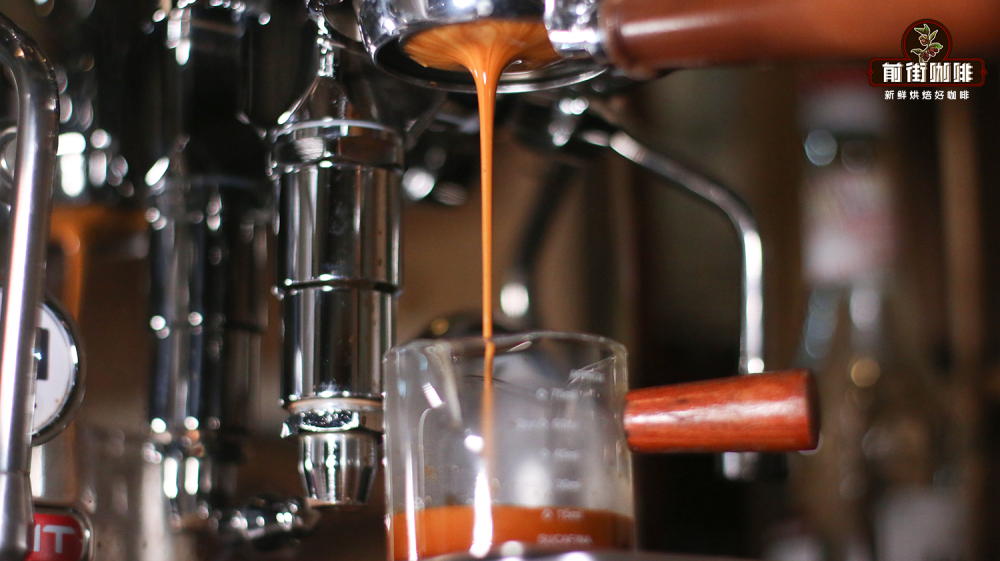
Professional coffee knowledge exchange more coffee bean information please follow the coffee workshop (Wechat official account cafe_style)
For more boutique coffee beans, please add private Qianjie coffee on Wechat. WeChat account: qjcoffeex
Important Notice :
前街咖啡 FrontStreet Coffee has moved to new addredd:
FrontStreet Coffee Address: 315,Donghua East Road,GuangZhou
Tel:020 38364473
- Prev

Which country is the Robusta coffee bean from? The difference between Robusta coffee beans and Arabica introduces the origin story in detail.
Robusta, which originated in the Congo basin on the west coast of Africa, should be called "Canefra coffee species" (Congolese species) if it is to be strictly classified according to botany, in order to correspond to the same level of "Arabica coffee species". The reason why it is so ignored by people is that other Canefa species have no enterprisers.
- Next

Arabica coffee bean variety catalogue, detailed introduction of Arabica mainstream variety knowledge.
Typica is considered to be the prototype of all coffee varieties or genetic screening. The Netherlands was the first country to spread coffee around the world and grow it commercially. Iron pickup was the kind of coffee at that time. The fruit of the iron pickup is usually red, and the flavor in the cup is also very outstanding.
Related
- Beginners will see the "Coffee pull flower" guide!
- What is the difference between ice blog purified milk and ordinary milk coffee?
- Why is the Philippines the largest producer of crops in Liberia?
- For coffee extraction, should the fine powder be retained?
- How does extracted espresso fill pressed powder? How much strength does it take to press the powder?
- How to make jasmine cold extract coffee? Is the jasmine + latte good?
- Will this little toy really make the coffee taste better? How does Lily Drip affect coffee extraction?
- Will the action of slapping the filter cup also affect coffee extraction?
- What's the difference between powder-to-water ratio and powder-to-liquid ratio?
- What is the Ethiopian local species? What does it have to do with Heirloom native species?

